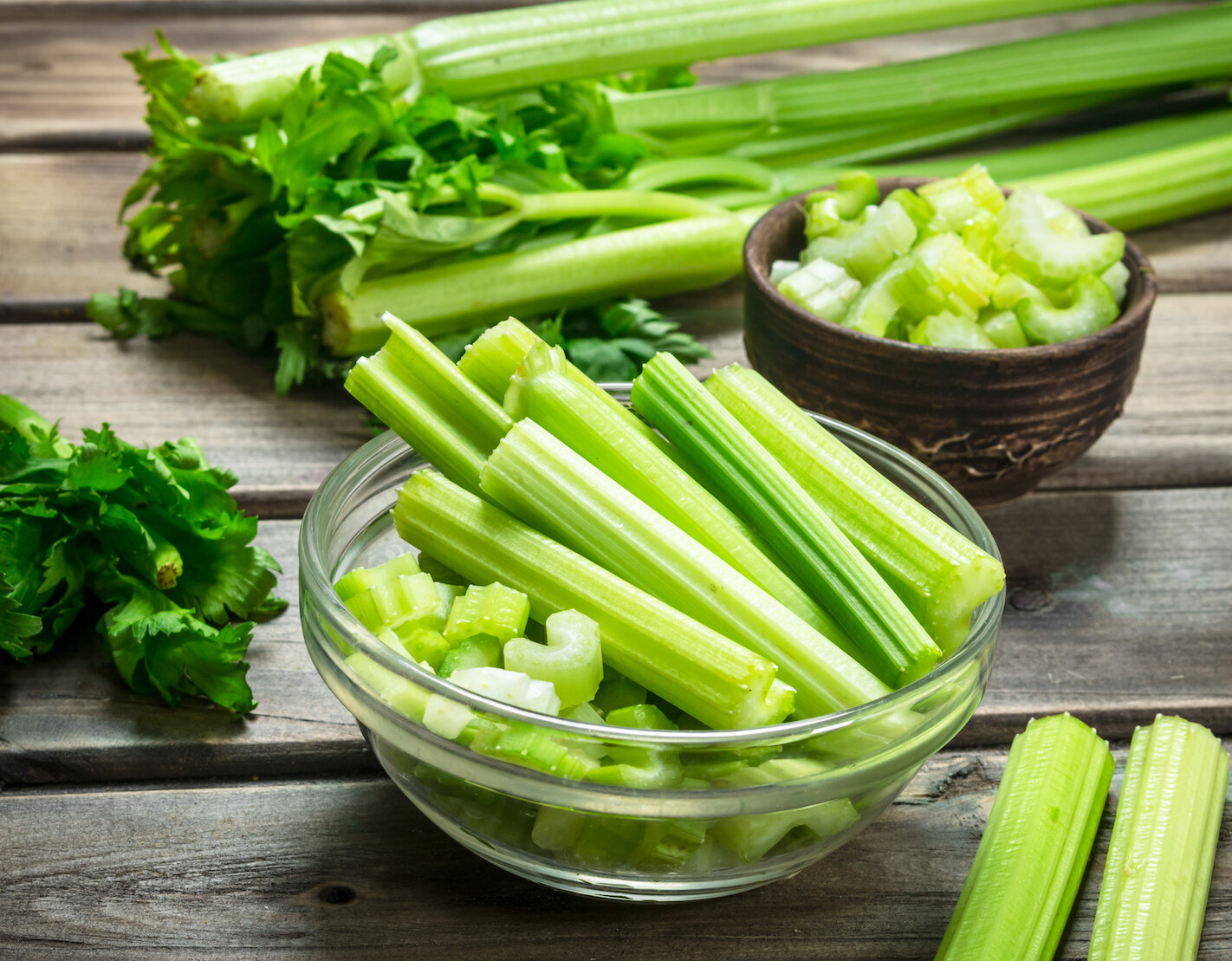Top 10 Foods You Should Sanitize and Why
Food is essential in our lives since it provides us calories, nutrients, vitamins, minerals, and antioxidants to function and move every day. It also repairs our body and builds a healthy immune system to shield us from free radicals. That's why to sustain good health; we buy healthy food to make delicious recipes that can satisfy our palates at the same time.
But healthy as it may seem, it can be infested with pesticides, bacteria, and insecticides, which exposes us to health risks such as food poisoning and diarrhea-related diseases.
Moreover, it's inevitable to buy food with unknown chemicals and bacteria in the market since it is widely manufactured and available. The organic option is a probable solution, but we do not know if it is entirely free of bacteria or germs. Hence, we should consider proper sanitation to lessen the toxic elements found in our food and to enjoy it without the guilt of harming our body.
But before anything else, you might want to know the top foods that you need to sanitize. You have been buying these foods all along without knowing that you need to sanitize it before eating it.
Strawberries
Strawberries are one of the most abundant fruits in the world. It is usually paired with other ingredients to make a whole new recipe –toppings for a birthday cake, mix with other fruits to make a salad, or coat it with chocolate to make your afternoon dessert.
Amidst everyone's knowledge, strawberry has been consistent in ranking the first spot on the EWG's Dirty Dozen list for three years already. Findings revealed that 22 different types of pesticide residues were found in one sample of strawberry, while a third of the samples contained pesticides of at least ten.
Spinach
Just when you thought that buying greens is safe, you are definitely wrong. EWG has hailed spinach as the second most pesticide-filled produce after strawberry. According to findings, 97 percent of the spinach samples have pesticide residue and contained permethrin concentrations, a type of insecticide.
While permethrin is considered safe when ingested or applied onto the skin, it can be toxic when ingested in high doses.
According to NCBI, skin irritations such as burning and itching happen for minor cases, and nausea and vomiting for serious ones. If you have sensitive skin or digestion, fill a large bowel with cold water and swish your newly-bought spinach to remove any grit stuck in the leaves.
Kale
It is the most unexpected to see from the list because it has been touted as a superfood, but it's the third dirtiest food in 2020. If you're on a healthy kick and mix kale in your smoothies, consider rinsing it with cold water for 30 seconds before consuming it.
Celery
You can see celery in almost all kinds of dishes - as an ingredient for making smoothies and serving as a garnish. However, celery is one of the vegetables to appear in EWG's Dirty Dozen list consistently. Why? Almost every year, they found more than 95 percent of pesticides in celery.
So, before you make your celery dish, separate its stalks before you wash it with water to make sure you remove every dirt stuck in it.
Tomatoes
Oh, how we love our tomatoes, but it has earned the Dirty Dozen list's tenth spot. It has also been consistent in the list throughout the years. A quick rinse won't cut it, so make sure to run it under cold water for 30 to 60 seconds to remove pesticide residue and germs.
Chicken
Chicken are prone to viruses, especially if it is a broiler type. Research from Consumer Reports found out that 42 percent of the 484 raw broilers tested were infected by Campylobacter jejuni and 12 percent by Salmonella enterides.
Both bacteria can cause food poisoning, so make sure to buy a range-free chicken to be safe. But if you have already purchased one, put it directly into a cooking pan and heat it to 180 degrees Fahrenheit to kill the bacteria.
Beef
Just like chicken, beef can be infested with bacteria resulting in food poisoning such as the E.coli. Adding fresh oregano can boost fragrance and taste, but it is also one of the best herbs for killing the E.coli as tested by Kansas State University.
Turkey
The perfect dish for Thanksgiving day, but it has the most bacteria - namely, Listeria, Campylobacter, Clostridium and Salmonella, compared to other meats. Immediately heat it in an oven to kill the bacteria and avoid coming into contact with other food or utensils.
Oyster
Stop wondering why every time you eat a raw oyster, it can cause you to vomit or can cause diarrhea. Ocean waste filters can infest oysters which contain norovirus, Campylobacter, Vibrio vulnificus, Salmonella and E.coli.
Cook your oysters next time to avoid frequent visits to your bathroom.
Cold Cuts
Listeria is bacteria commonly found in cold cuts and thrives very well at cold temperatures. Combine with the fact that cold cuts are eaten cold; listeria can grow at a rapid rate. If you're making a sandwich with your deli, make sure to mix it with mustard because it can kill bacteria that can cause food poisoning.
Conclusion
It's important to be aware of the food contaminants to prevent ourselves from illnesses. But if you're craving for the foods above, make sure to choose the organic ones as it contains no pesticides and fewer bacteria, and make sure to sanitize it.
Healthy practices are part of today’s norms. Provide your body the cleanest and most nutrient-dense type of foods and stay clear of these illness-producing bacteria to enjoy good health.












